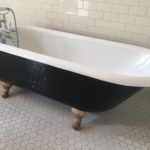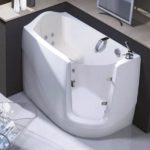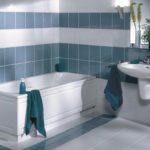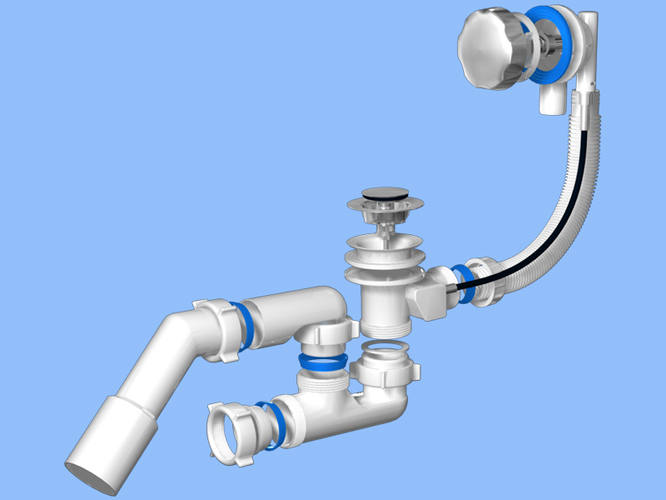What types of baths are there?
Every family at least once in their life makes repairs in their apartment and changes the plumbing. Buying a new bathtub is not an easy task: you need to compare your needs with the dimensions of the bathroom, the amount of money in your wallet, study offers and types, and then choose the best and highest quality option.
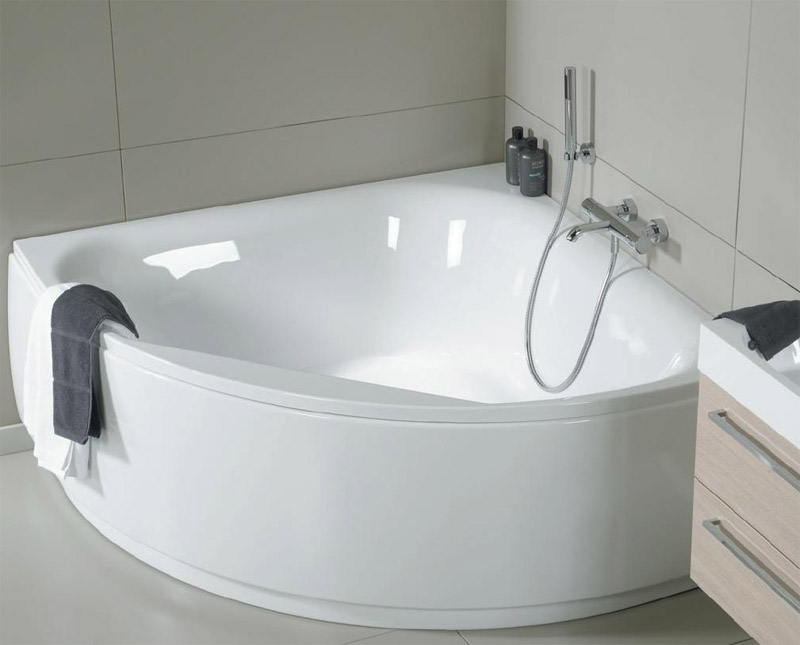
The content of the article
Classification of baths
Today on the plumbing market you can find products that can satisfy the needs of even the most demanding customers who are accustomed to receiving only the best. A wide selection of materials, shapes, sizes, and additional options are available both in retail and online stores.
By material
Cast iron – time-tested material. Strong, durable - it faithfully serves several generations. The water in such a bath takes a long time to cool, which allows you to enjoy a hygiene or spa procedure for a long time. The cast iron bathtub is very stable, covered with a thick layer of protective enamel that can withstand cleaning even with aggressive agents. (of course, within reasonable limits). Its only drawback is its enormous weight, reaching up to 150 kg, which causes some difficulties with its transportation and installation.
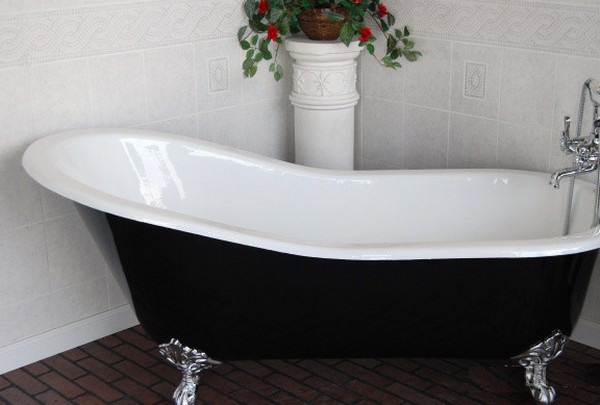
Steel – a lighter alloy, so the product weighs no more than 40 kg. A steel bathtub is inexpensive, but has high thermal conductivity (cools quickly) and poor sound insulation. It is unstable, so it must be firmly secured.
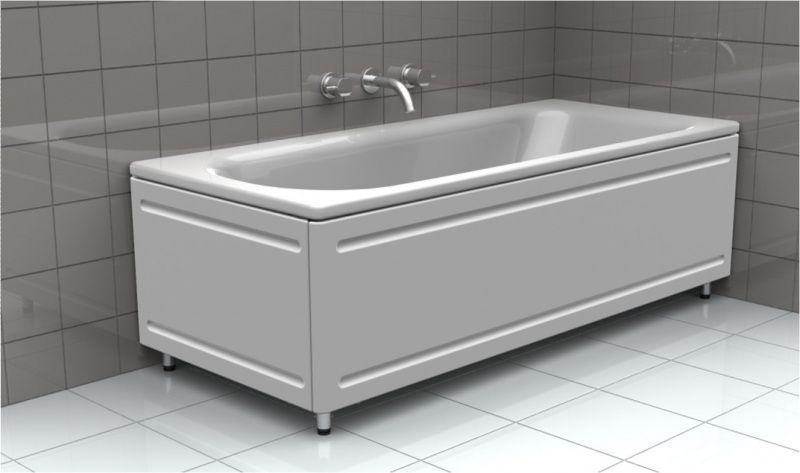
Acrylic - a polymer material invented by German chemists in 1930. Initially used as a raw material for plexiglass, bathtubs made from it began to be mass-produced only towards the end of the last century. Acrylic products are the most diverse in range, half lighter than steel, have the most “pleasant” appearance, retain heat and are not too noisy. Flaws:
- plastic. Of course, thanks to this, it can be given any shape, but under the influence of high temperatures there is a risk of deformation of the walls;
- fragility. You need to be careful not to drop anything heavier than a toothbrush or soap inside;
- susceptibility to cleaning agents. They should not contain abrasive particles, caustic acids or alkalis. Caring for such a bathroom is not difficult if it is done correctly and systematically.
In addition, such a bathtub is not stable, so it is installed on a special frame.
By the way! Mechanical damage - scratches and chips - can be easily restored. Coating restoration products are commercially available.
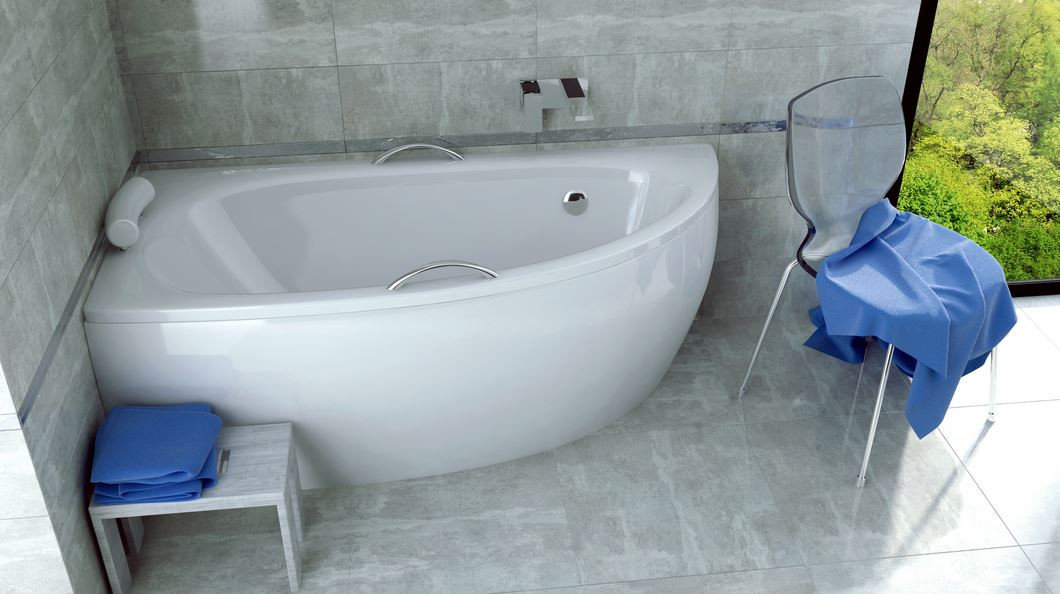
Kvaril – a composite material combining acrylic and quartz. It has all the advantages of acrylic, but its strength is many times higher. Like its acrylic predecessor, the quaryl bathtub has an anti-slip coating that does not give the slightest chance for the proliferation of microorganisms. It weighs more, of course, but is more stable.
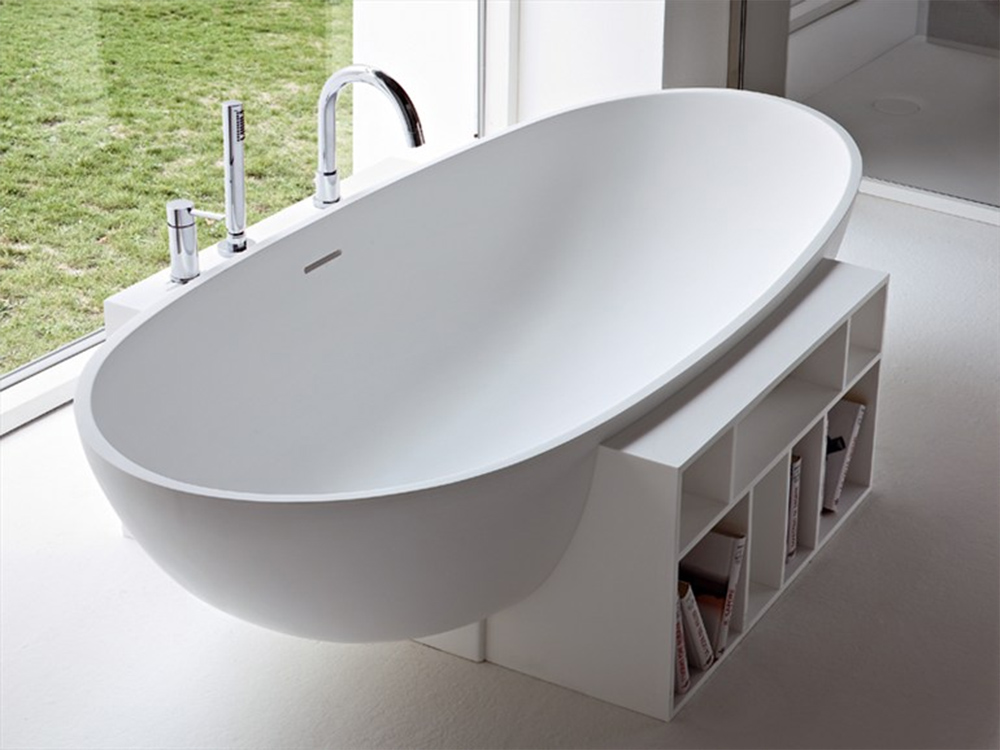
Artificial (cast) stone. Such baths are made from stone chips, quartz sand with the addition of polymer resins and catalysts. Among the main advantages - resistance to abrasion, external damage, temperature changes, high level of noise absorption and antibacterial protection. However, the surface is easy to scratch, so care should be as gentle as possible.
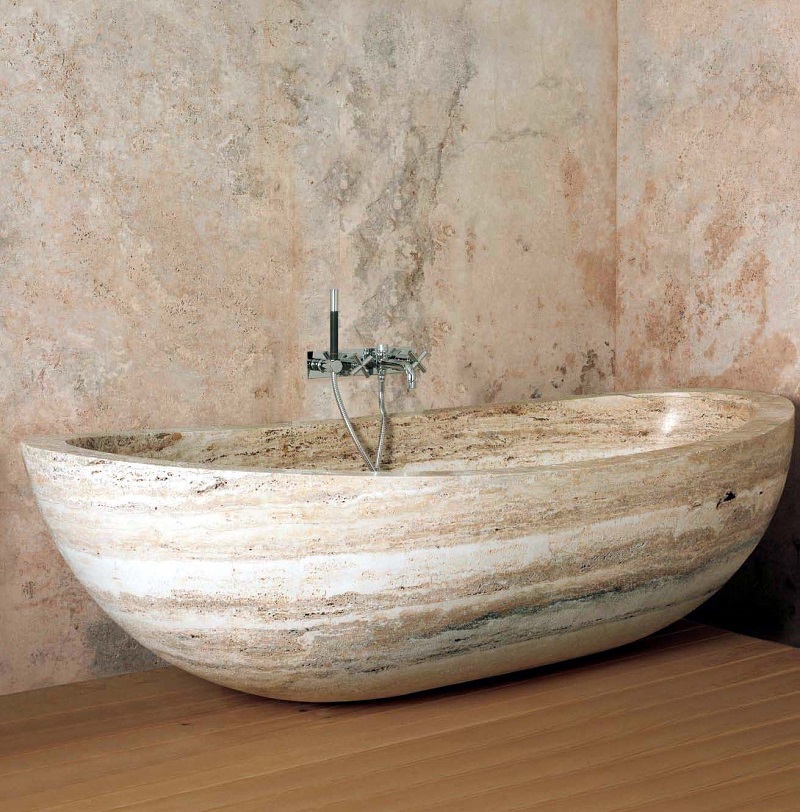
A natural stone – the choice of owners of luxury mansions. Marble, granite, basalt and other varieties environmentally friendly, hypoallergenic, breathable and pleasant to the touch. They look great, but are very weighty and cost at least half a million, and sometimes more than a million rubles.
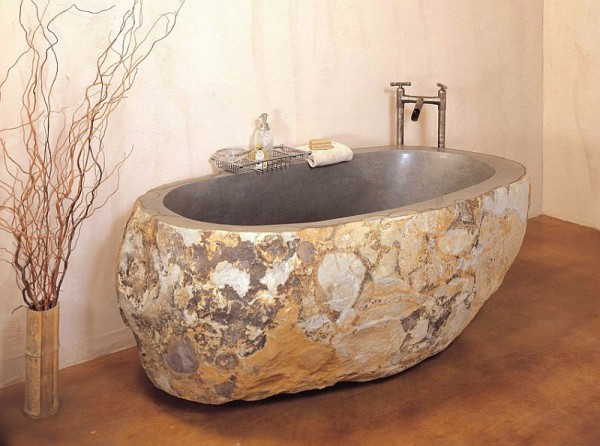
Ceramics. It is based on clay fired at a high temperature. Product made from it does not scratch, has a service life commensurate with the life of the house. Care should be taken during transportation and installation. The price is far from budget.
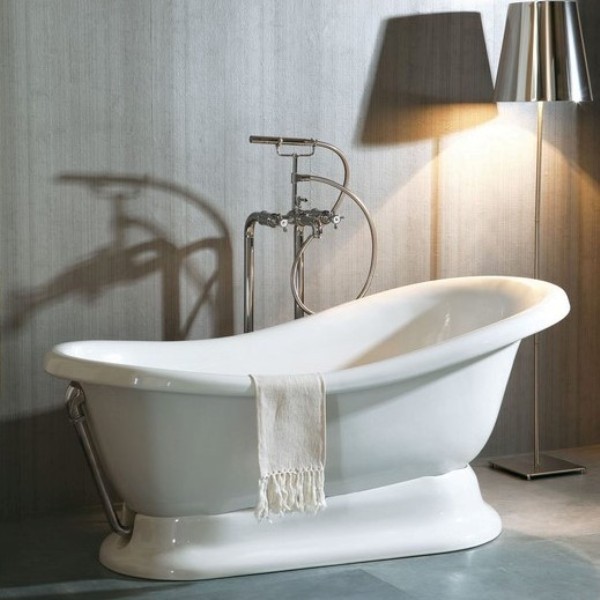
To size
There are standard and non-standard dimensions of bathtubs. Basic parameters for standard cast iron and steel enameled products:
- length 100 and 120 (seated), 140, 150, 160, 170, 180 (full size);
- width 70, 75, 80, 85 (for standard products);
- height 60-70.
The most common sizes on sale (length/width/height, cm):
- 150/70/60;
- 170/70-80/65.
It is difficult to list all the sizes of acrylic bathtubs, since they largely depend on the shape, of which there are a great many. You can designate the minimum dimensions: length - 100 cm, width - 60 cm, height - 50 cm.
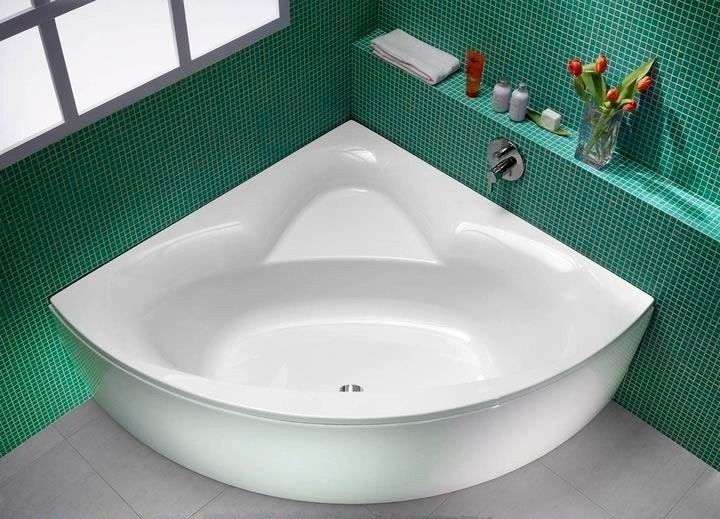
By shape
When thinking about both the dimensions and the shape, you need to take into account the size of the bathroom space so that the product is spacious enough, but does not take up too much space.
Rectangular baths fits perfectly into any room. Their dimensions (length/width, cm):
- 100/70;
- 120/70;
- 150/70-75;
- 160/70-75;
- 170/180×70-75/80.
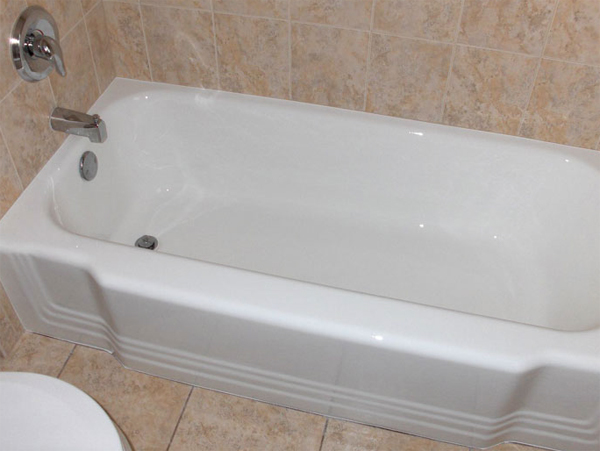
Corner baths, like corner cabinets, help save space, although they seem large at first glance. This configuration only cast iron bathtubs do not. Dimensions of symmetrical corner bathtubs (cm) are from 120/120 to 180/180, asymmetrical - from 120/60 to 190/170.
Round and oval products are attractive due to the absence of angles and smooth curves, which most of all contribute to calm and relaxation, especially if they are additionally equipped with a turbo, hydro or air massage system. Such bathtubs are made of acrylic, quarry, and sometimes steel. However, their installation requires a sufficiently spacious bathroom. Length, width, diameter vary from 140 to 210 cm, depth - from 60 to 80 cm.
Non-standard and asymmetrical bathtubs are much less common. But if you want your bathroom to have a twist, this is your case. They most often made of acrylic, since it is the most “gutta-percha” of materials and can be shaped like a drop, a heart, a lounger, or even a woman’s shoe. Well, if finances allow, you can order a product based on an individual project, of any shape and size.
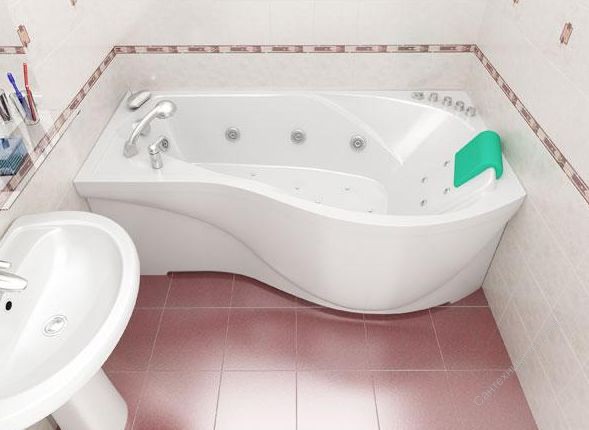
Whatever bath you choose, the main thing is that it fits harmoniously into the interior, does not cause significant damage to your financial well-being, and that you feel comfortable and safe in it.

